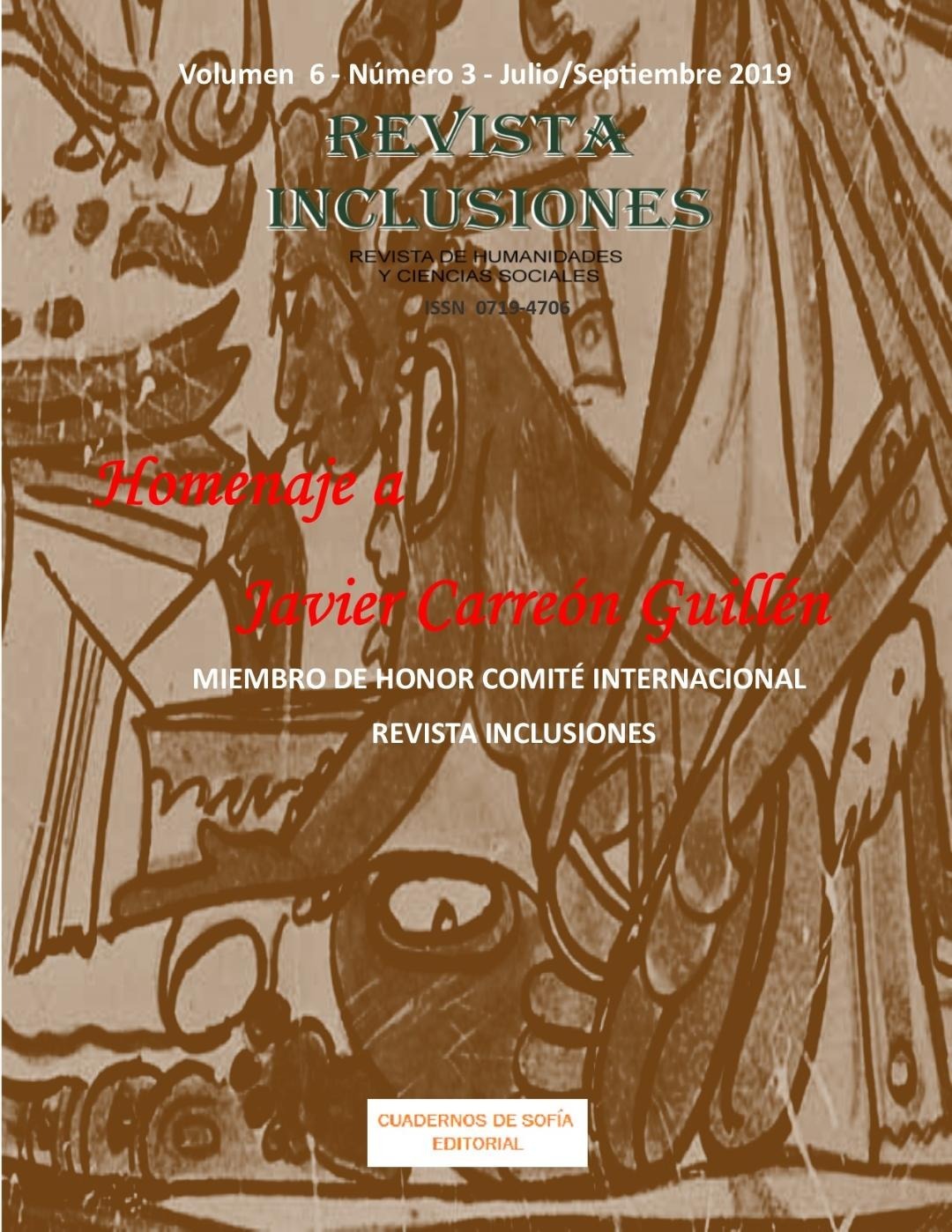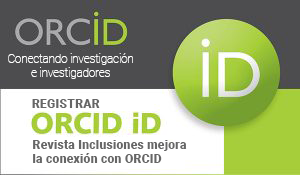ANALYSIS OF THE MAXIMUM COLLEGIATE BODY:THE CASE OF THE COLOMBIAN CATHOLIC UNIVERSITIES
Keywords:
Corporate governance, Confessional Universities, Maximum Collegiate Body, Rector, Interest groupsAbstract
The intention of this article is to study the composition of the Highest Collegiate Bodies (MCC) of Colombian confessional universities and compare their results with a similar study conducted in a sample of 42 Latin American confessional universities. Thevariables that were considered for the analysis were: functions and composition of the MCC, form of election of the rector and origin of the interestgroups or stakeholders. The results show that the composition of the MCC includes internal and external members of the institution representing five types of stakeholders, equivalent to a frequency of 63.63%. In relation to the election of the rector, although the intervention of the ownership or regency of the institutions prevails, the mechanism of the triples is held, overcoming the direct election that is preferred in the reference study. It is concluded, when comparing the results of the two studies, that the composition of the MCC is heterogeneous, therefore corresponds to universities sensitive to their environment. In relation to their functions, they coincide with those expected for an MCC, but there is a high frequency of management functions, which indicates that there is still no clarity regarding the functions that fall within the corporate governance of Colombian and Latin American confessional universities .
Published
How to Cite
Issue
Section
Copyright (c) 2019 Dr. (c) Eduardo González Gil, Dr. Juan Abello Romero

This work is licensed under a Creative Commons Attribution-NonCommercial 4.0 International License.
Los autores retienen los derechos de autor y otorgan a Revista Inclusiones el derecho de publicación bajo Creative Commons Attribution 4.0 International (CC BY 4.0). Esto permite el uso, distribución y reproducción en cualquier medio, siempre que se otorgue la debida atribución al autor.











